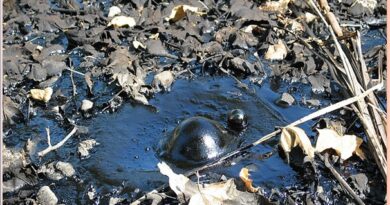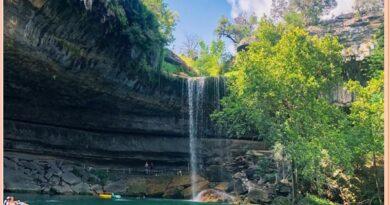The Ultimate Geologic Feature-Skull Rock Cleft Island
Skull Rock Cleft island
Skull Rock, also known as Cleft Island, is a small, but remarkable granite island that is part of the Anser group of islands off the southwest coast of Wilsons Promontory, Victoria, Australia. The skull rock lies within the Wilsons Promontory National Park. Due to the position of the island, high winds and ancient waves have carved out a stunning 130-meter-wide and 60-meter-tall cave in Granite rock. The rugged formation can be seen from the coast, but it is only from up close on a boat that the island can truly be appreciated.
Skull Rock Cleft Island is a popular destination for divers, who come to explore the surrounding waters and the nearby reef systems. The waters around the island are known for their clear visibility and abundant marine life, including fish, colorful corals, and other underwater creatures. Skull Rock Cleft Island is part of a marine park, and there are restrictions on fishing and other activities in the area to protect the delicate marine ecosystem. The skull-shaped rock formation on Cleft Island is a popular tourist attraction and is often photographed by visitors.
Cleft Island Australia
Skull Rock Cleft Island is a small, uninhabited island located off the coast of Arnhem Land in the Northern Territory of Australia, known for its rugged, rocky terrain and pristine waters. Cleft Island is approximately 1.5 kilometers in length and is home to a variety of wildlife, including sea birds, turtles, and marine mammals. The island is surrounded by coral reefs and is a popular destination for fishing, snorkeling, and diving. In addition to its natural beauty, Cleft Island is also known for its historical significance. The island was once an important site for the Macassan traders, who visited the region from Indonesia to collect and trade sea cucumbers with the local Aboriginal people.

Wilsons Promontory National Park
Wilson’s Promontory National Park is a protected area located at the southernmost point of mainland Australia, approximately 157 kilometers southeast of Melbourne in the state of Victoria. The park covers an area of over 50,000 hectares and features a diverse range of habitats, including rugged coastlines, pristine beaches, granite mountains, rainforests, and eucalypt woodlands. It is home to a wide variety of wildlife, including kangaroos, wallabies, wombats, echidnas, and over 200 species of birds.
Also, read- Tasman Arch- A picturesque stunning landform in Australia
Visitors to Wilson’s Promontory National Park can enjoy a range of outdoor activities, including hiking, camping, fishing, swimming, surfing, and wildlife spotting. Some of the park’s most popular attractions include Squeaky Beach, Tidal River, Mount Oberon, and the Prom Wildlife Walk. Wilson’s Promontory National Park also has a rich cultural history, with evidence of Aboriginal occupation dating back over 6,500 years. The park is home to several significant cultural sites, including middens, rock art, and ceremonial grounds.

How to get to Cleft Island Australia
Skull Rock Cleft Island is located off the coast of Arnhem Land in the Northern Territory of Australia. As the island is uninhabited and has no facilities, visitors will need to arrange their own transportation to the island. To access Cleft Island, you will need to charter a private boat or join a fishing or diving tour that includes a visit to the island. The nearest towns with boat launching facilities are Nhulunbuy and Groote Eylandt. It’s important to note that Cleft Island is located within the Arnhem Land Aboriginal Reserve, and visitors will need to obtain a permit from the Northern Land Council before visiting the island.



